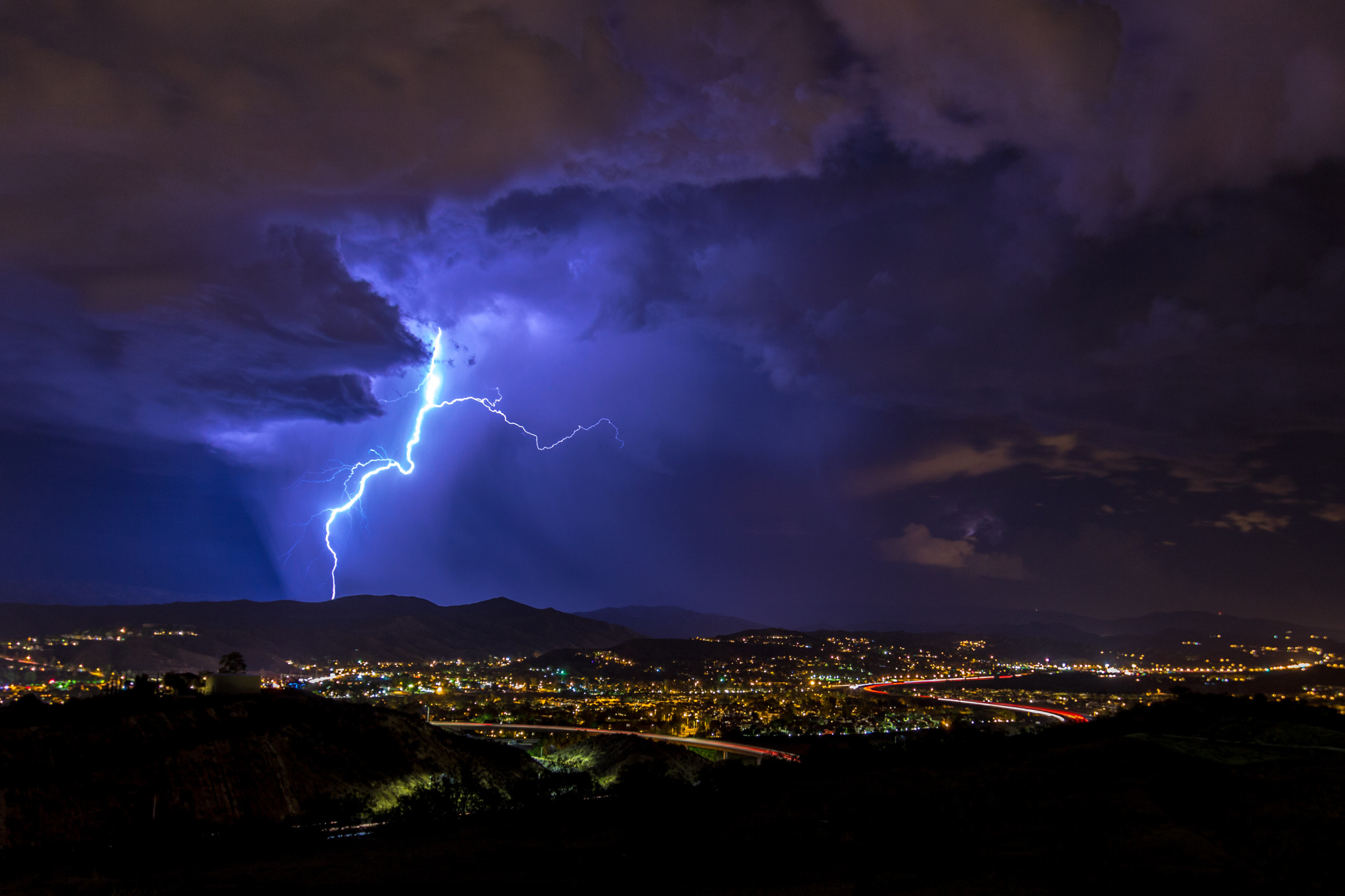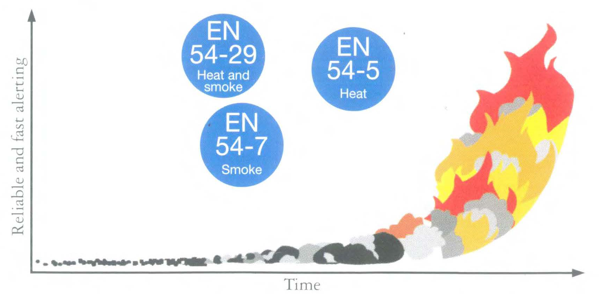What are fire suppression systems?
The goal of any fire suppression system is to detect fire as soon as it starts and immediately suppress it, preventing the fire from spreading. Heat and flames are detected, a trigger signals there is a fire, and the suppression system kicks into action suppressing the fire at the source. There are many types and sizes of fire suppression systems. The system design will vary based on the asset needing protection and the type of fire hazard. For example, a piece of ground support equipment at an airport would be treated differently than a server room.
Types of Fire Suppression Systems
There are numerous types of special hazard suppressions systems, each using a unique suppression agent. Special hazard suppression systems are optimized for different business environments and certain types of fire.
Special hazard suppression systems are organized into five main categories: dry chemical, clean agent, commercial kitchen, foam, and CO2.
In this article, we going to focus on the clean agent systems and the difference between them.
Environmental Impact
Those interested in the environmental impact of using clean agent fire suppression agents like FM-200™ and Novec™ 1230 can rest assured, knowing that both have zero ozone depletion potential (ODP).
However, they do differ when it comes to their global warming potential (GWP), or the amount of emitted greenhouse gas that is estimated to contribute to global warming each year. According to the National Fire Protection Association, Novec™ 1230 has a GWP of 1 while FM-200™ has a GWP of 3350. This means Novec™ 1230 is the more environmentally friendly choice.
Comparison Table of
FM-200 & Novec 1230
| 3M™ Novec™ 1230 | FM-200 | |
| Type of Compound | Fluid Fluoroketone | Hydrofluorocarbon |
| Appropriate for fire hazards | Class A, B and C | Class A, B and C |
| Electrically non-conductive | Yes | Yes |
| Discharge Time | 10 seconds or less | 10 seconds or less |
| Storage | Stored as a liquid | Stored as a liquefied compressed gas |
| Proximity of Cylinders to Protected Space | Must be located very near or within the space to be protected | Must be located very near or within the space to be protected |
| Environmental Impact: | ||
| Ozone Depletion Potential (ODP) | None | None |
| Atmospheric Lifetime (Years) | 0.014 | 33-36.5 |
| Global Warming Potential (GWP) | 1 | 3500 |
| Global Environmental Warranty on Agent (Years) | 20 Years | None |
| Subject to Phase-Down under EU F-Gas Regulation | No | Yes |
| Subject to U.S. Proposals for Global Phase-Down under Montreal Protocol | No | Yes |
| Subject to Potential U.S. EPA SNAP Status Change Proposals Directed at HFCs | No | Yes |
| Manufacturer Advocating for Global HFC Phase-Down | Yes | Yes |
| Safe for humans? | Yes | Yes |
| Potential Health Effects: | ||
| Concentration | 4.0-6.0% | 6.7-8.7% |
| No Observable Adverse Effects Level (NOAEL) | 10% | 9% |
| Clean Up | None | None |
| Cost | Varies based on a number of factors; Typically higher in price than other systems | Varies based on a number of factors; Typically less expensive than Novec 1230 and requires less agent to protect a larger area |
| Systems are typically used in areas such as | Server rooms, healthcare facilities, libraries/record rooms, archives and museums, marine applications, any place with assets that could be ruined by water | Server rooms, healthcare facilities, libraries/record rooms, museums, military applications, any place with assets that could be ruined by water |
FM-200 Phase down
As per the AIM Act, enacted by US Congress in late 2020 as part of the Consolidation Appropriations Act, FM-200 (HFC-227ea) is being phased down for environmental reasons since January 1st 2022.
Our partner (Siemens) has stopped supplying FM-200 solutions and has been providing the new alternative solution NOVEC1230 instead of FM-200.
This extinguishing agent has exactly the same extinguishing performance but a much better environmental footprint.
It is the latest generation of the chemical extinguishing agents.
Kindly be advised of the internal Siemens communication related to the matter. (Download PDF)
Financial Impact:
Our research indicates that not only using FM-200 is harmful to the environment; the operational costs of FM-200 will also drastically increase as the consumables will be less available in the near future.
For example, some manufacturers have already shown increases of 500% on their pricelists for FM-200 systems starting January 2022 and expect it to reach 800%
The technical reason of this act is:
While HFCs indeed did not possess the ozone-depleting qualities of CFCs, they have come to be considered as potent greenhouse gases with high global warming potential.
HFCs was responsible for almost 20% of the man-made global warming.
To control production during this phasedown, the EPA will issue “allowances” to those organizations that a) produce or import HFCs and/or b) that use HFCs in one of the six approved applications:
- As a propellant in metered dose inhalers
- Defense spray propellant
- Manufacturing preformed polyurethane foam for marine use and trailer use
- For etching semiconductor material or wafers
- Mission-critical military end uses, such as armored vehicle engine and shipboard fire suppression systems
- On board aerospace fire suppression
FACT SHEET
THE KIGALI AMENDMENT TO THE MONTREAL PROTOCOL: HFC PHASE-DOWN
References
- https://www.firetrace.com/
- https://www.controlfiresystems.com/
- https://www.suppressionsystems.com/american-innovation-and-manufacturing-act-aim-act/
- https://www.orrprotection.com/fm-200-resources#:~:text=Late%20in%202020%2C%20a%20new,clean%20agent%20gasses%20and%20refrigerants.
- https://www.statx.com/whitepaper/what-does-the-aim-act-mean-for-fire-suppression/




